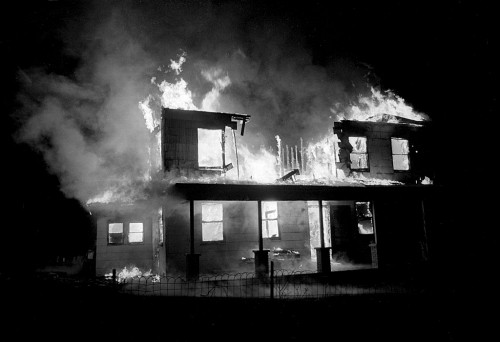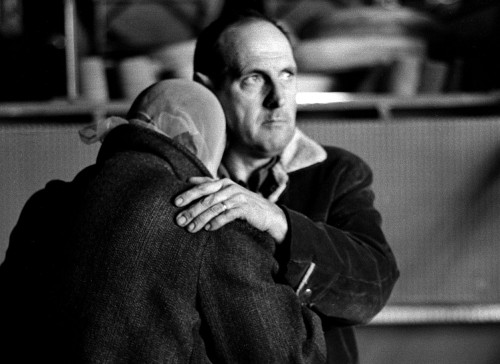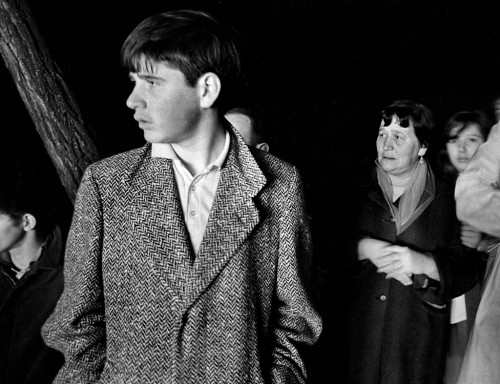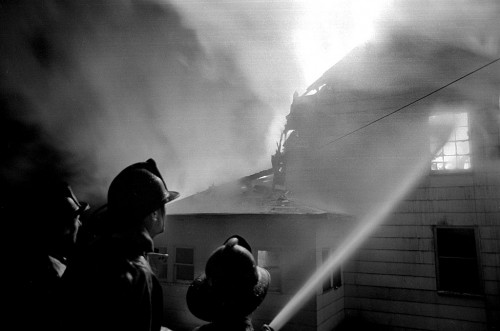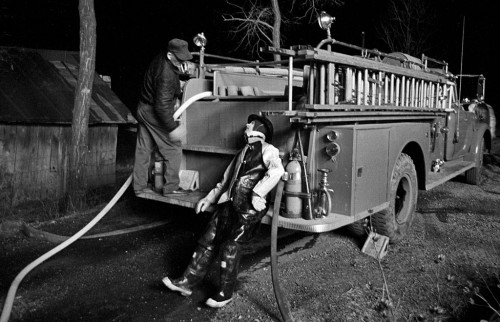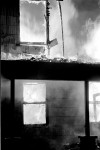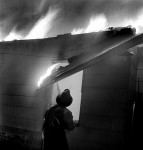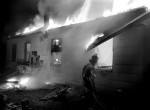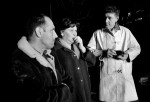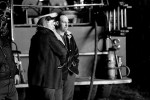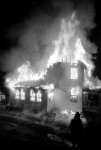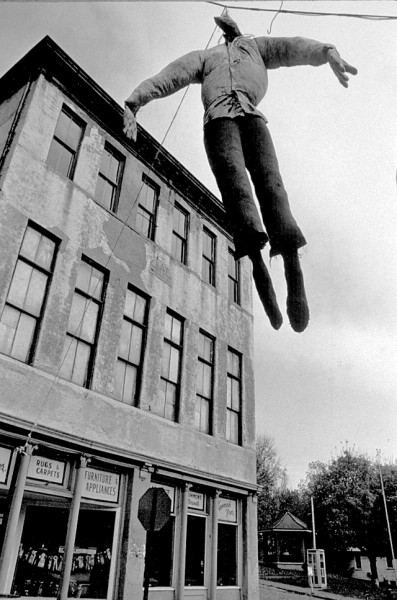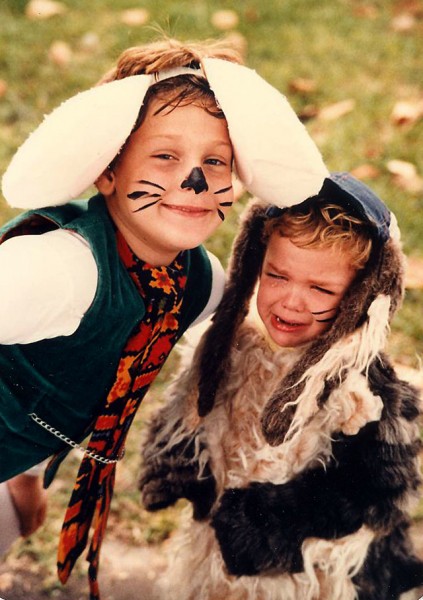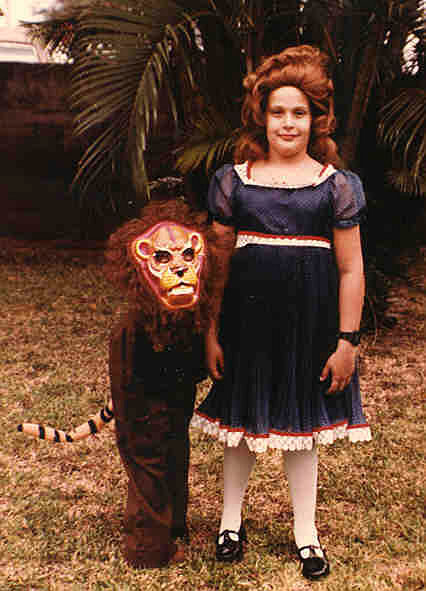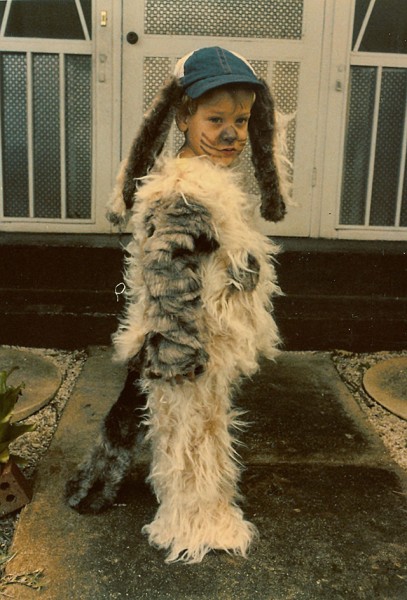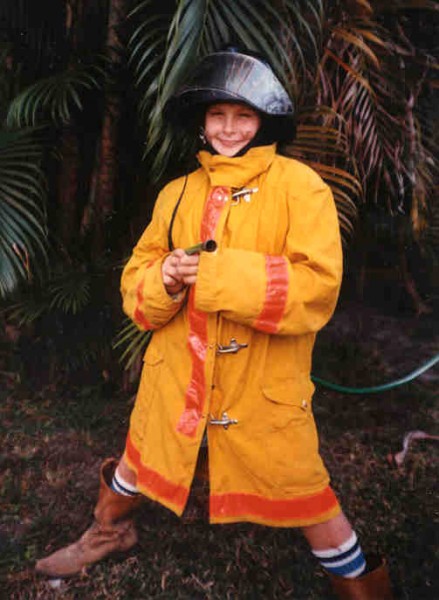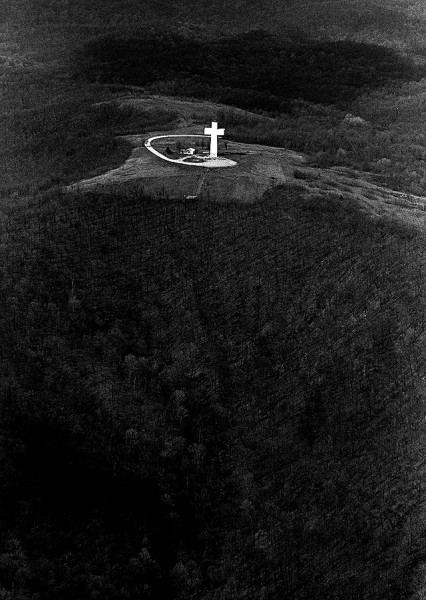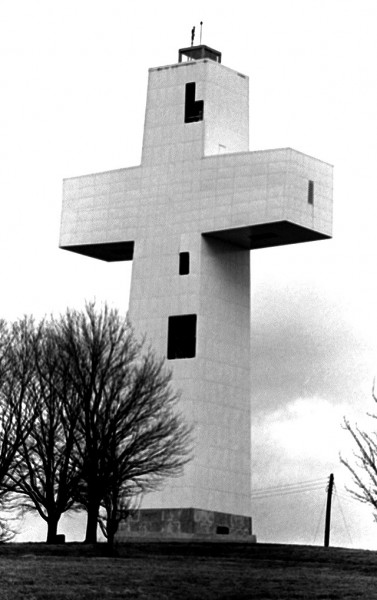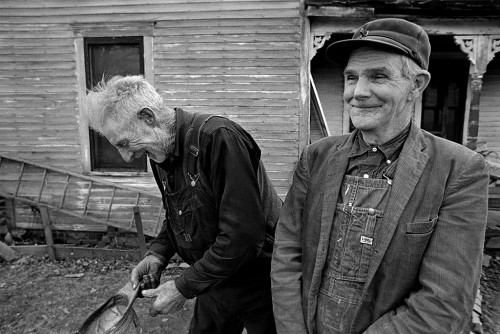 Here is my obligatory Valentine’s Day post.
Here is my obligatory Valentine’s Day post.
I followed Bill Robinson and Jesse King out to their home on Robinson Road, just outside Athens, Ohio, on a cold, snowy January day in 1969. You’ll be hearing more about what I was doing there and see more photos in the coming weeks. Click on the photos to make them larger.
If there had been a Hoarder’s TV show back then, these old farmer bachelors would have qualified. Not long after I picked my way through a maze of tunnels of debris inside the house, they led me to the kitchen. It was piled high with dirty dishes and food of indeterminate origin.
“Have you ever tried one of these before?
Jesse, who did most of the talking for the duo, reached onto the table, wiped off a fork on his overalls and thrust it into my hand. With the other hand, he pulled a bowl off the table. It contained something that was sort of lumpy. In the dim light, I couldn’t quite pull out what color it was, but it glowed vaguely green.
“Boy,” he said. (Remember he was the talkative one.) “Have you ever tried one of these before?
I could see where this was going and it didn’t look good.
- If I said “yes,” I knew he he would say, “Well, I bet you’ve never had any as good as these.”
- If I said, “no,” he’d say, “Well, dig in. You won’t find any better than these.” I was a gonner either way.
I looked at the dish and the fork and did a mental calculation: These old goats eat this stuff every day and it hasn’t killed them. “No, Jesse, I haven’t.”
“Well, dig in, You won’t find any better than these,” he said, predictably.
The ghostly apparition
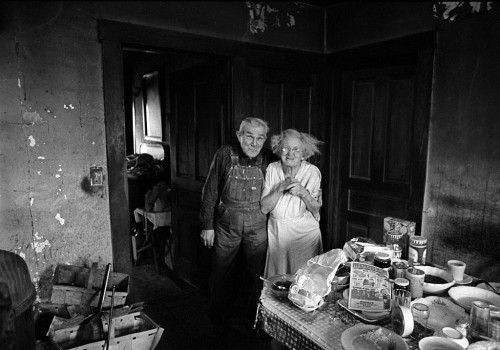 I forked up a small quantity of the unknown dish. Before I could say anything, I noticed a ghostly white form floating into the room. “WOW! This stuff really works fast. I bet I could make a fortune selling this stuff on campus,” I thought.
I forked up a small quantity of the unknown dish. Before I could say anything, I noticed a ghostly white form floating into the room. “WOW! This stuff really works fast. I bet I could make a fortune selling this stuff on campus,” I thought.
Jesse turned to the apparition and said, “That’s my girlfriend.”
I never found out the girlfriend’s name nor what the mystery green dish was. (For the curious, it was sort of like a pickle, with a strange gritty crunch that was either some kind of seasoning or, more likely, sand. I didn’t ask for the recipe. There are some things you’re better off not knowing.)
Here’s MY girlfriend
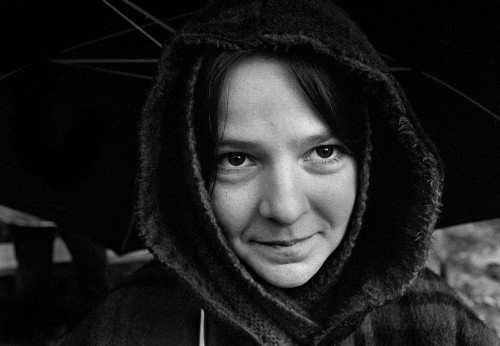 I ran across this frame from a shoot of Grandma Gatewood, an extraordinary woman who, at the age of 67 was the first woman to hike the 2,168-mile Appalachian Trail in one season. When I shot her on the Buckeye Trail near Logan, Ohio, in January of 1969, she was 81 and had done the Appalachian Trail two more times.
I ran across this frame from a shoot of Grandma Gatewood, an extraordinary woman who, at the age of 67 was the first woman to hike the 2,168-mile Appalachian Trail in one season. When I shot her on the Buckeye Trail near Logan, Ohio, in January of 1969, she was 81 and had done the Appalachian Trail two more times.
The day was beyond miserable. The rain aspired to turn cold enough to become snow; it was so foggy you couldn’t see 100 yards; there was icy snow melt ready to fill your shoes and the trail was a quagmire that would suck your boots off.
When I was editing the film, I was surprised to find two frames of Lila Perry before she became Lila Steinhoff. I hadn’t remembered that she had come along on the assignment. Let me tell you, even someone as dense as I am knew that if you could find a woman who would give you a look like this under those conditions, she was a definite keeper and you shouldn’t let her get away.
We were married in June of 1969.
Valentines past
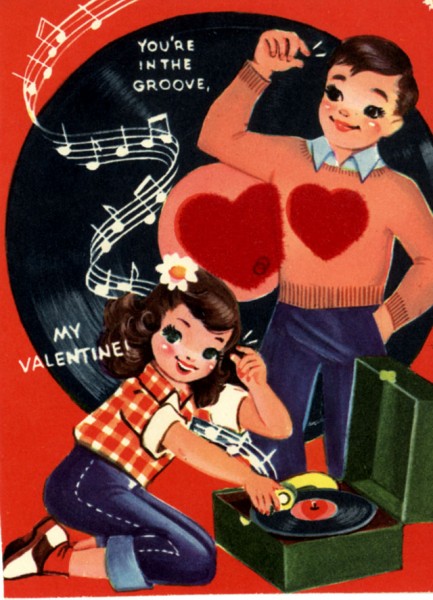 If you want to see the ones who DID get away, check out my grade school Valentines rescued from Mother’s attic last year.
If you want to see the ones who DID get away, check out my grade school Valentines rescued from Mother’s attic last year.

